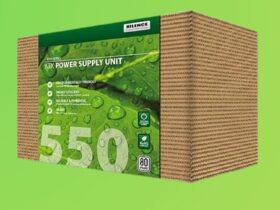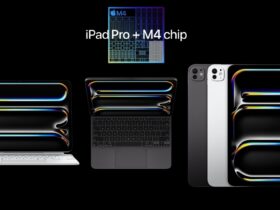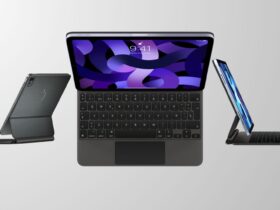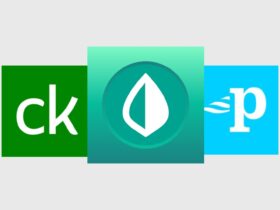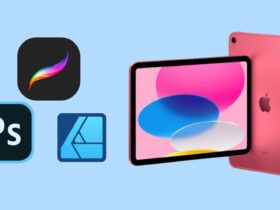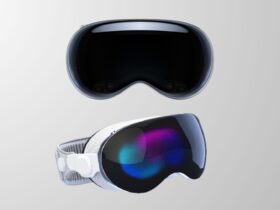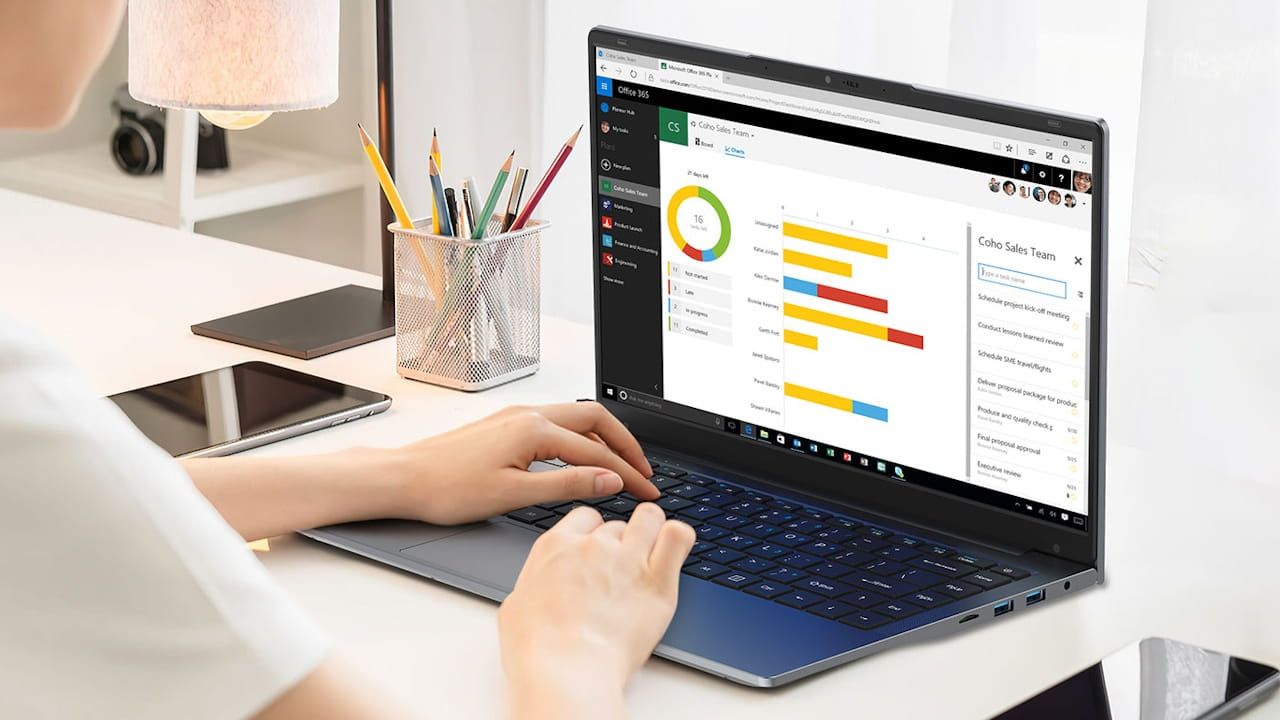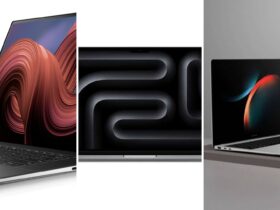Daftar Isi
Laptops are essential devices for work, education, and entertainment. However, not all laptops are created equal. Depending on your needs, preferences, and budget, you may opt for different laptop price segments. In this article, we’ll explore the pros and cons of high-end, mid-range, and budget laptops, and help you make an informed decision.
High-End Laptops: The Premium Choice
High-end laptop price ranges are the most expensive and powerful laptops on the market. They typically offer the best performance, features, and design, but also come with a hefty laptop price tag. Here are some of the advantages and disadvantages of high-end laptops:
Pros for this Laptop Price Segment
- Superior Performance: High-end laptops are equipped with the latest and most advanced processors, graphics cards, memory, and storage. They can handle demanding tasks such as gaming, video editing, and 3D rendering with ease and speed.
- Cutting-Edge Features: High-end laptop prices often come with innovative and exclusive features, such as high-resolution displays, touchscreens, fingerprint scanners, facial recognition, backlit keyboards, and more. These features enhance the user experience and functionality of the laptop.
- Sleek Design: High-end laptops are usually designed with aesthetics and durability in mind. They often have slim and lightweight profiles, premium materials, and elegant finishes. They also tend to have better cooling systems, speakers, and battery life.
Cons for this Laptop Price Segment
- Expensive: The biggest drawback of high-end laptops is their high cost. They can range from $1,000 to over $3,000, depending on the brand, model, and configuration. This may not be affordable or worthwhile for many users, especially if they don’t need the extra power and features.
- Overkill: High-end laptops may offer more than what the average user needs. For example, if you only use your laptop for browsing, streaming, and office work, you may not need a 4K display, a dedicated graphics card, or a 32GB RAM. You may end up paying for features that you don’t use or appreciate.
- Compatibility Issues: High-end laptops may also face some compatibility issues with older or less popular software and hardware. For instance, some high-end laptops may not have standard ports, such as USB-A, HDMI, or Ethernet, and may require adapters or dongles. Some software may not be optimized for high-resolution displays or touchscreens, and may look blurry or distorted.
Mid-Range Laptops: The Balanced Choice
Mid-range laptop prices are the middle ground between high-end and budget laptops. They offer decent performance, features, and design, but at a more reasonable laptop price. They are suitable for most users who need a reliable and versatile laptop for everyday use. Here are some of the advantages and disadvantages of mid-range laptops:
Pros
- Affordable: Mid-range laptops are more affordable than high-end laptops, but still offer good value for money. They typically cost between $500 and $1,000, depending on the brand, model, and configuration. They are within the reach of most users who are looking for a quality laptop without breaking the bank.
- Sufficient Performance: Mid-range laptops are capable of handling most common tasks, such as browsing, streaming, office work, and light gaming. They usually have decent processors, graphics cards, memory, and storage, that can deliver smooth and responsive performance. They may not be as fast or powerful as high-end laptops, but they can get the job done.
- Variety of Options: Mid-range laptops offer a wide range of options for different users and preferences. You can choose from different sizes, shapes, colors, and features, such as convertible laptops, gaming laptops, business laptops, and more. You can also customize your laptop to suit your needs and budget.
Cons
- Compromises: Mid-range laptops may require some compromises in terms of performance, features, and design. They may not have the best or latest components, such as processors, graphics cards, memory, and storage. They may also lack some of the innovative and exclusive features of high-end laptops, such as high-resolution displays, touchscreens, fingerprint scanners, facial recognition, and more. They may also have mediocre design, such as bulky and heavy profiles, plastic materials, and dull finishes.
- Obsolescence: Mid-range laptops may also become obsolete faster than high-end laptops. As technology advances, mid-range laptops may not be able to keep up with the increasing demands of software and hardware. They may become slow, laggy, or incompatible with newer versions or updates. They may also have shorter lifespan and warranty than high-end laptops.
Read More: FreeSync 101: What is It and How Does It Improve Your Gaming?
Budget Laptops: The Economical Choice
Budget laptop prices are the cheapest and least powerful laptops on the market. They offer basic performance, features, and design, but at a very low laptop price. They are suitable for users who have limited needs, preferences, and budget, and who only need a laptop for simple and occasional use. Here are some of the advantages and disadvantages of budget laptops:
Pros
- Cheap: The biggest advantage of budget laptops is their low cost. They typically cost between $200 and $500, depending on the brand, model, and configuration. They are the most economical choice for users who are looking for a laptop for basic and occasional use, such as browsing, streaming, and office work.
- Simple: Budget laptops are also simple and easy to use. They usually have basic and standard components, such as processors, graphics cards, memory, and storage, that can run most common software and hardware. They also have basic and standard features, such as displays, keyboards, touchpads, and ports, that are familiar and convenient for most users.
- Portable: Budget laptops are also portable and lightweight. They usually have small and compact profiles, such as 11-inch or 13-inch laptops, that are easy to carry and store. They also tend to have long battery life, as they consume less power than high-end or mid-range laptops.
Cons
- Poor Performance: The biggest drawback of budget laptops is their poor performance. They usually have outdated and low-end components, such as processors, graphics cards, memory, and storage, that can struggle with demanding tasks, such as gaming, video editing, and 3D rendering. They may also have limited memory and storage capacity, which can affect the speed and functionality of the laptop.
- Lack of Features: Budget laptops also lack many of the features that high-end or mid-range laptops offer, such as high-resolution displays, touchscreens, fingerprint scanners, facial recognition, backlit keyboards, and more. These features may enhance the user experience and functionality of the laptop, but they also increase the cost and power consumption of the laptop.
- Cheap Design: Budget laptops also have cheap and unattractive design, such as bulky and heavy profiles, plastic materials, and dull finishes. They also tend to have poor cooling systems, speakers, and battery life. They may also have lower quality and durability than high-end or mid-range laptops.
Conclusion: Choosing the Right Laptop for You
As you can see, there are pros and cons to each laptop price segment. The best laptop for you depends on your needs, preferences, and budget. Here are some questions to ask yourself before making a decision:
- What do you need the laptop for? If you need a laptop for demanding tasks, such as gaming, video editing, or 3D rendering, you may want to opt for a high-end laptop that can offer superior performance and features. If you need a laptop for everyday use, such as browsing, streaming, and office work, you may be satisfied with a mid-range laptop that can offer decent performance and features. If you need a laptop for basic and occasional use, such as browsing, streaming, and office work, you may be fine with a budget laptop that can offer basic performance and features.
- How much are you willing to spend? If you have a high budget, you may want to invest in a high-end laptop that can offer the best performance, features, and design, but also come with a hefty laptop price tag. If you have a moderate budget, you may want to opt for a mid-range laptop that can offer good performance, features, and design, but at a more reasonable price. If you have a low budget, you may want to settle for a budget laptop that can offer basic performance, features, and design, but at a very low price.
- What are your preferences? If you value innovation and exclusivity, you may want to choose a laptop price in high-end range that can offer cutting-edge features, such as high-resolution displays, touchscreens, fingerprint scanners, facial recognition, and more. If you value variety and customization, you may want to choose a mid-range laptop price that can offer a wide range of options, such as convertible laptops, gaming laptops, business laptops, and more. If you value simplicity and convenience, you may want to choose a budget laptop that can offer basic and standard features, such as displays, keyboards, touchpads, and ports.
Ultimately, the choice is yours. There is no right or wrong answer, only what works best for you. We hope this article has helped you understand the pros and cons of each laptop price segment, and guide you to make an informed decision.











